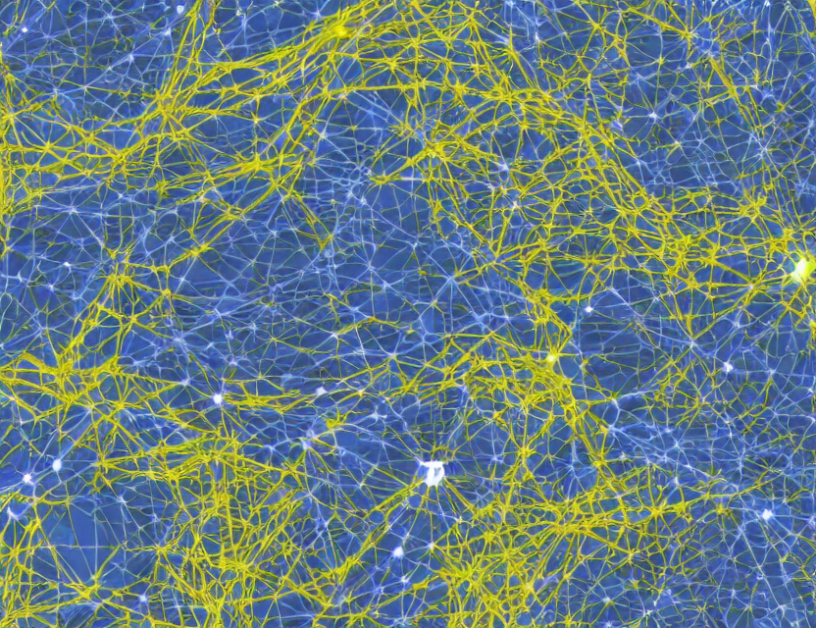In the world of machine learning, data pre-processing is like a magician’s trick. It’s the hidden sleight of hand that transforms raw data into a format ready for model training. In this article, we’ll demystify the process of data pre-processing and explore its importance in unlocking model performance.
Firstly, let’s define what data pre-processing entails. It involves cleaning, transforming, and organizing raw data into a format that can be fed into a machine learning model. This process is crucial because the quality of the input data directly impacts the accuracy of the model’s predictions.
Now, let’s dive deeper into the different aspects of data pre-processing:
- Data cleaning: Think of data cleaning as a thorough housekeeping for your data. It involves identifying and removing any errors, inconsistencies, or missing values that could compromise the accuracy of your model. For instance, if you have a dataset with invalid email addresses, you’ll need to remove them before training your model.
- Data transformation: Imagine data transformation as a magic wand that turns your raw data into a more presentable format. It involves scaling, normalizing, or encoding data to make it easier for the model to digest. For example, if you’re working with text data, you might need to convert words into numerical representations using techniques like bag-of-words or term frequency-inverse document frequency (TF-IDF).
- Data organization: Once your data is clean and transformed, it’s time to organize it in a format that’s easy for the model to understand. This involves splitting the data into training, validation, and testing sets, ensuring that each set has a fair representation of the overall data distribution.
Now, let’s talk about why data pre-processing is so crucial for model performance: - Improved accuracy: By cleaning and transforming your data, you can significantly improve the accuracy of your model’s predictions. A well-preprocessed dataset can lead to a more robust and reliable model that generalizes better across different scenarios.
- Reduced overfitting: Overfitting occurs when a model is too complex and starts memorizing the training data instead of learning from it. By preprocessing your data, you can reduce the risk of overfitting by removing noise and irrelevant features.
- Faster training times: Preprocessed data requires less computational power to train, resulting in faster training times. This is particularly important when working with large datasets or complex models that require significant computational resources.
In conclusion, data pre-processing is the unsung hero of machine learning. By demystifying this process and understanding its importance, you can unlock the full potential of your model and make more accurate predictions. Remember, cleaning, transforming, and organizing your data is like a magician’s trick – it may seem trivial, but it can significantly impact the outcome of your model’s performance. So, take the time to master this trick and watch your model perform like never before!



